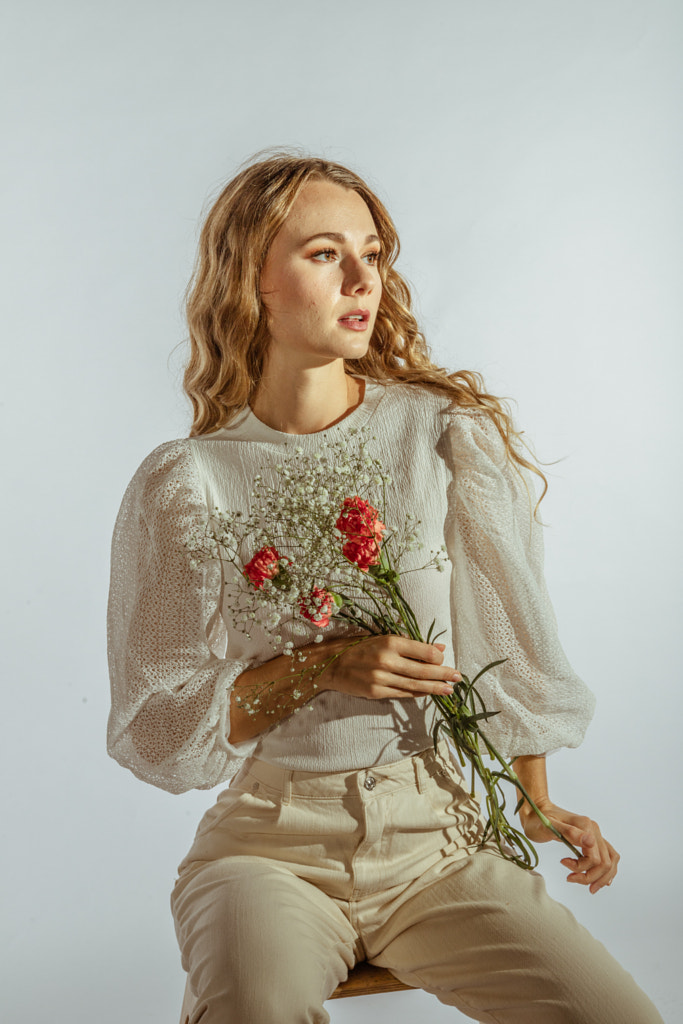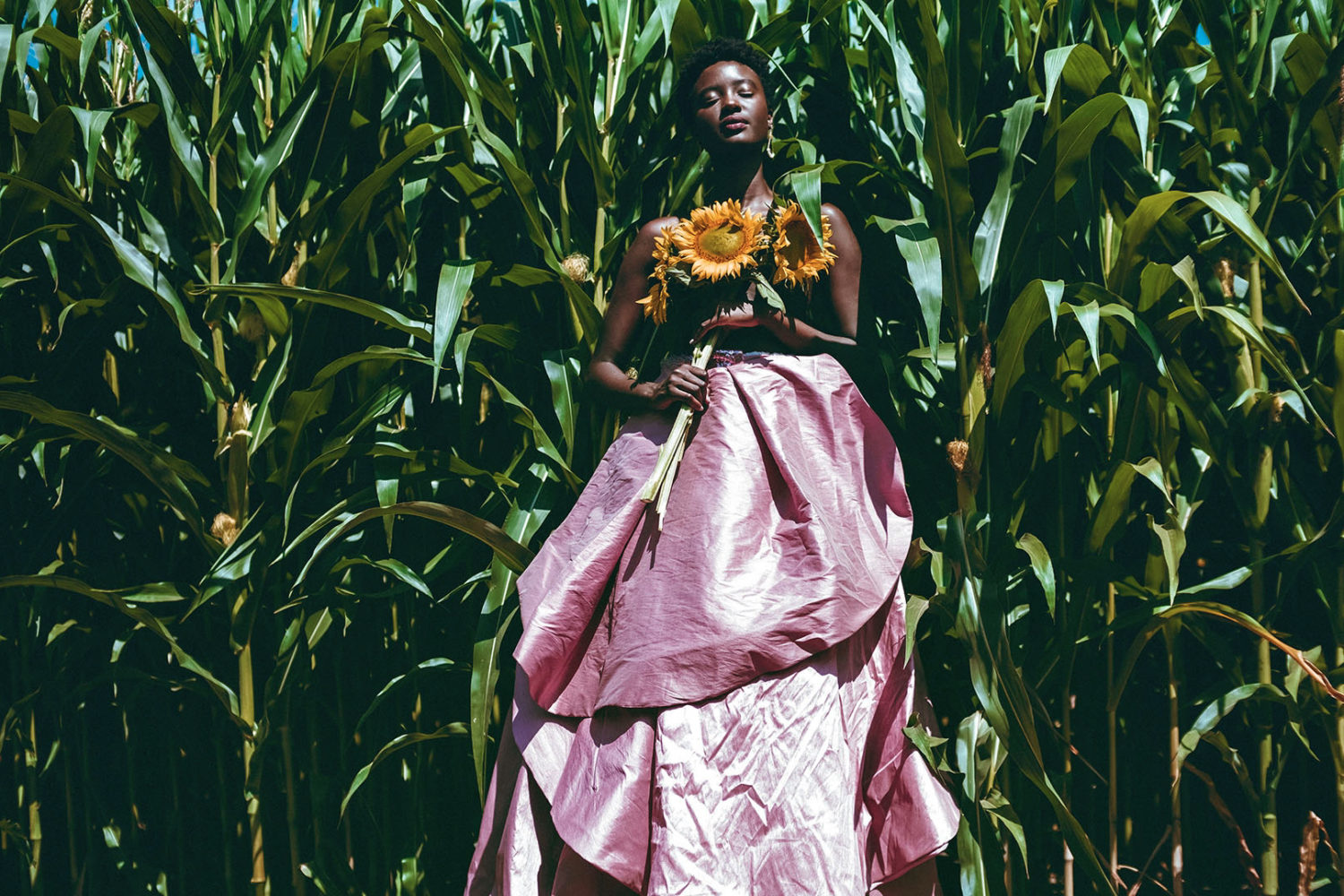In the last few years, Google Images has implemented multiple changes to help photographers sell their work through the search engine, from adding image rights metadata to specifying Licensing information for potential buyers. In 2021, search engines remain one of the most important ways for photographers to market and promote their images, but many still overlook the significance of SEO (search engine optimization).
SEO is a complex, multi-billion dollar industry, but for photographers, it’s relatively straightforward. Without relevant keywords, titles, and more, your marketable work could get lost in a sea of content; on the other hand, optimizing your images can boost your discoverability and help you get your work in front of the right buyers. Here are four simple steps you can take to give your licensable photos a competitive edge and increase your portfolio’s chances of surfacing in image searches.
Use concise, descriptive titles
Search engines rely on bots to scan and discover content relevant to search queries, but they’re much better at recognizing words than they are at identifying pictures. For that reason, the titles of your images are essential when it comes to surfacing your content; according to Getty Images, titles are one of the most heavily weighted factors for search engines.
Titles should be literal, straightforward, and descriptive; include concrete, concise information about the who, what, where, and why of your image. Don’t be afraid to get specific either; for the image above, “Young woman among wildflowers in the mountains at sunset” works well as a title because it pinpoints the location, time of day, and age of the subject.
Getty Images recommends touching on the primary and secondary subject of your photo; tangential subjects aren’t relevant enough to be included in your title. Their test data further reveals that the optimal length for image titles hovers around 40 to 60 characters, though anything longer than 55 characters will be truncated with ellipses in search results.
Finally, remember to use unique titles for each photo; while images from a single shoot might share general similarities, titles are one way to get granular and specific about the activities, scenarios, and emotions that make up individual pictures. If you’re uploading the same image to multiple commercial stock photo distributors, give it a unique title on each platform to maximize its chances of being found.
Add descriptions
Descriptions aren’t weighted as heavily as titles, but they can prove invaluable; research from Getty Images suggests that files with unique 50-word descriptions receive 8% to 15% more search engine traffic than files without descriptions and those with shorter or longer descriptions.
In your Licensing portfolio, descriptions give you the chance to go into more detail about the image than you would in a title; for these, you can mention factors like time of day, season, location, image style (aerial, flat lay, etc.), and much more. This is also a place where you can take advantage of your conceptual keywords and describe the mood, feeling, or idea behind the image. Make a list of some terms buyers might search when looking for an image like yours, and include the most relevant details in your description.
Apply relevant keywords
When it comes to SEO, keywords are king, so don’t skimp on this part of the process. Whether you’re uploading images to your website or a stock agency or distributor, it’s a good idea to add 10 to 30 relevant keywords to your photos. Ideally, these keywords will include a mix of literal terms—who, what, where, and why—and conceptual terms that capture the feelings or ideas conveyed in the image.
Most stock agencies and distributors have a keyword suggestion tool; these are helpful to start, though you can pick and choose which ones to keep, add your own, and remove any that aren’t relevant to the image. Additionally, there are tons of online resources for generating keywords, from Keyword Tool to ahrefs and beyond.
It’s also good practice to start compiling your own list or spreadsheet with your most commonly used keywords and ideas for future shoots. You can always browse top-selling images on 500px or Getty Images for inspiring keywords to implement in your own work. When keywording your files, you can include details like time of day, background color, location, as well as the number of models, their ages, what they’re doing, and more. You can also incorporate some of these trending keywords for a timely twist.
While it’s important to include a variety of appropriate keywords, from literal to conceptual, remember to avoid “spamming” your files with too many or unrelated keywords. Keyword spamming makes for a bad user experience, and search engines are getting better at detecting it.
Share your work
500px and Getty Images market and promote the images on their platforms, but today’s commercial photographers also serve as their own PR professionals. One of the best things you can do for your Licensing portfolio is to get it out there and in front of people; share your newly uploaded shots on your website and all your social channels, with links to where people can buy your images.
For more visibility, add trending hashtags related to relevant and enduring commercial themes like environmental sustainability, wellness, and technology. It can help to use a tool like Display Purposes to generate unique and popular hashtags for your work. Other tools like Iconosquare and Planoly can also help you schedule your social media posts, so you can plan out your week in advance.
While SEO can seem daunting, it’s an integral part of building a commercial photography portfolio, especially in a competitive market. “Optimizing your content to be found simply means including as much important information related to your photo in all available fields,” the 500px Content Team explains. It all boils down to finding a metadata workflow that suits your schedule and business needs; fortunately, today’s image management tools and AI capabilities make the process simpler and more efficient than ever. You spend time making your photos the best they can be, so it makes sense to give them an advantage using SEO.
Not on 500px yet? Click here to learn about Licensing with 500px.












![[Photo Keywording Tips] How to add effective keywords to help your photos get discovered](https://iso.500px.com/wp-content/uploads/2014/10/500px_blog_photo_keywording_tips-1500x1000.jpg)

Leave a reply